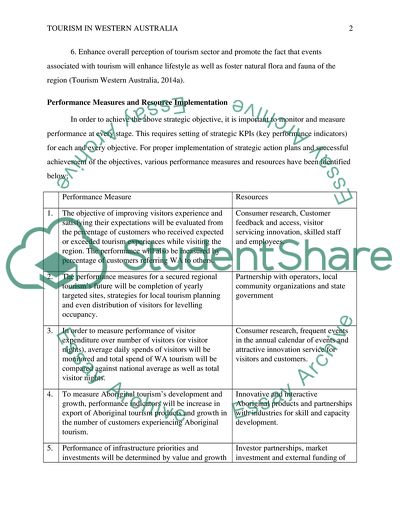Cite this document
(“Tourism in Western Australia Assignment Example | Topics and Well Written Essays - 1250 words”, n.d.)
Retrieved from https://studentshare.org/tourism/1646707-tourism-in-western-australia
Retrieved from https://studentshare.org/tourism/1646707-tourism-in-western-australia
(Tourism in Western Australia Assignment Example | Topics and Well Written Essays - 1250 Words)
https://studentshare.org/tourism/1646707-tourism-in-western-australia.
https://studentshare.org/tourism/1646707-tourism-in-western-australia.
“Tourism in Western Australia Assignment Example | Topics and Well Written Essays - 1250 Words”, n.d. https://studentshare.org/tourism/1646707-tourism-in-western-australia.


